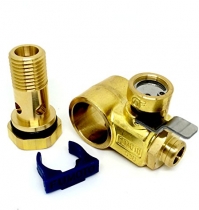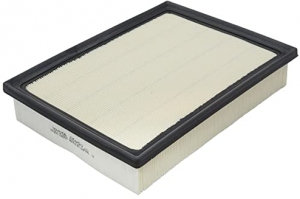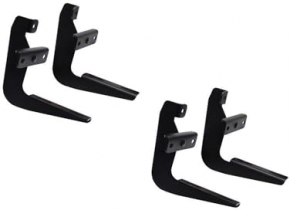-
Welcome to 4Runners.com!
You are currently viewing as a guest! To get full-access, you need to register for a FREE account.
As a registered member, you’ll be able to:- Participate in all 4Runner discussion topics
- Transfer over your build thread from a different forum to this one
- Communicate privately with other 4Runner owners from around the world
- Post your own photos in our Members Gallery
- Access all special features of the site
How come my front coils look so over compressed
Discussion in '5th Gen 4Runners (2010-2024)' started by Toyota.ARK, Mar 31, 2021.


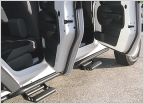 Nfab Rock Rail
Nfab Rock Rail Black out kit for front grill TOYOTA letters
Black out kit for front grill TOYOTA letters Part identification 5th Gen
Part identification 5th Gen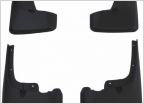 Mud flaps and running boards 2023 Limited
Mud flaps and running boards 2023 Limited Shaking after lift and tire install
Shaking after lift and tire install Phone Mount for Center Dash (Where Clock Is)
Phone Mount for Center Dash (Where Clock Is)